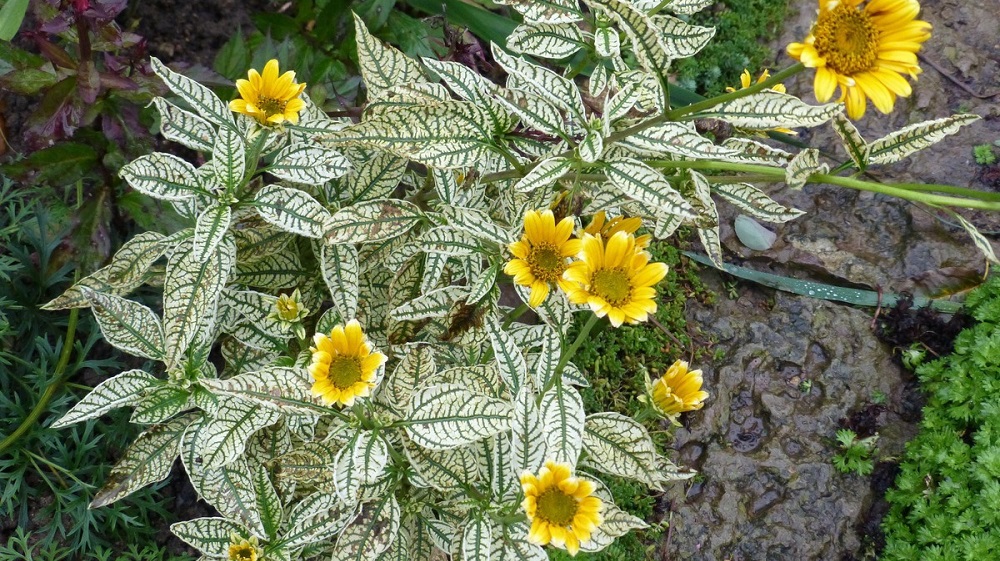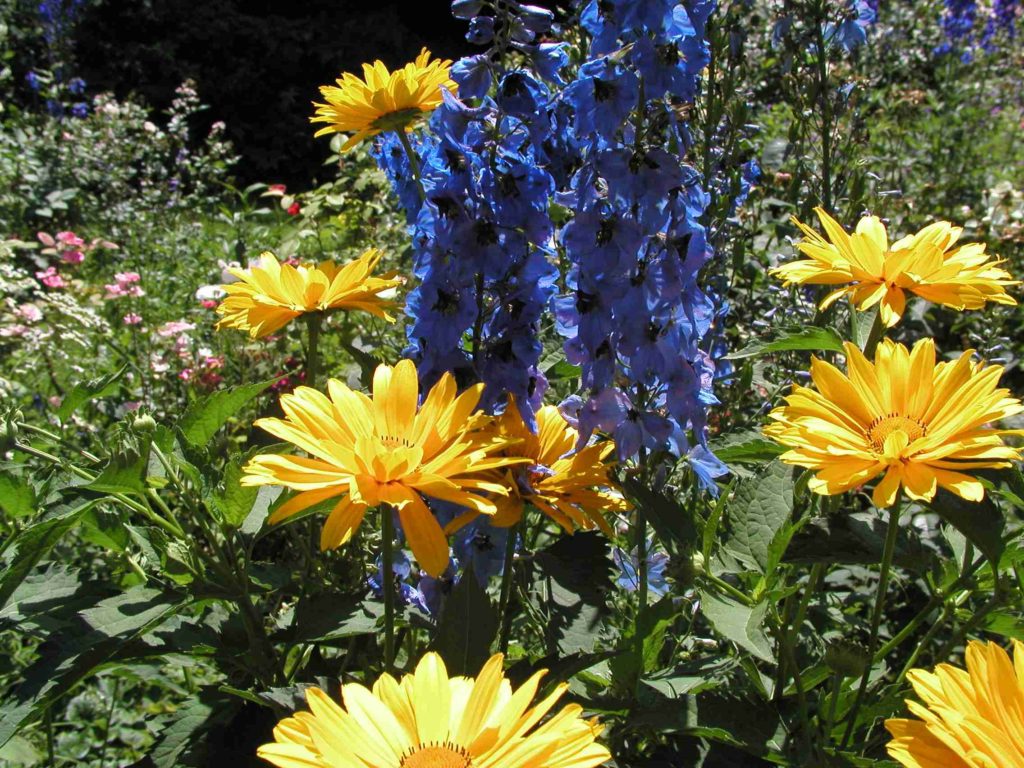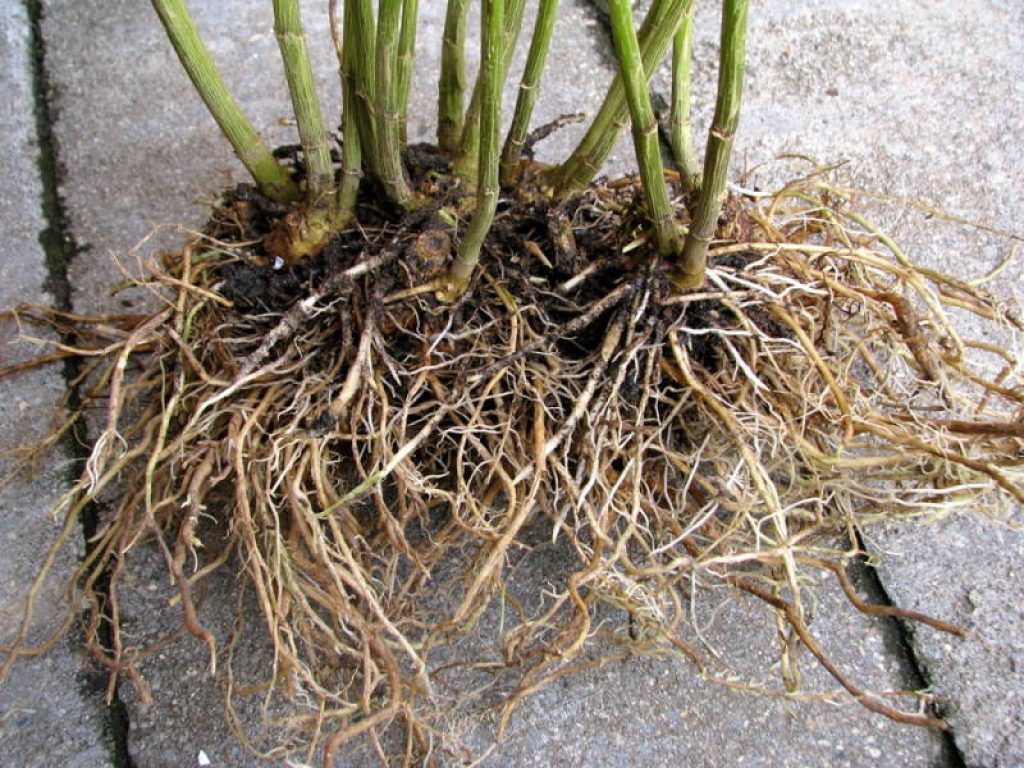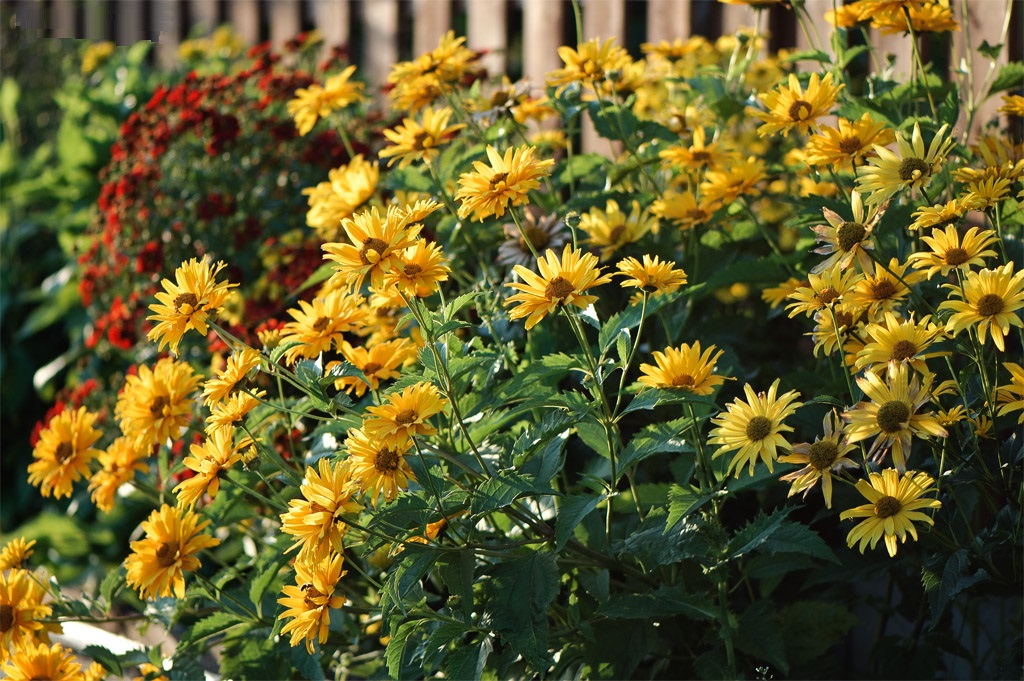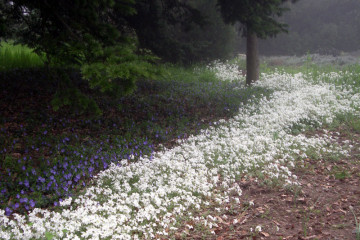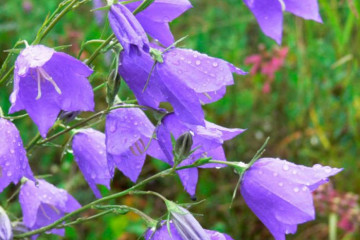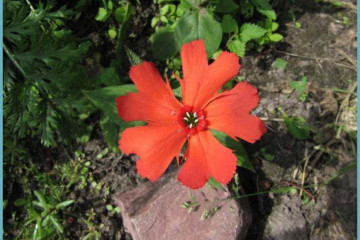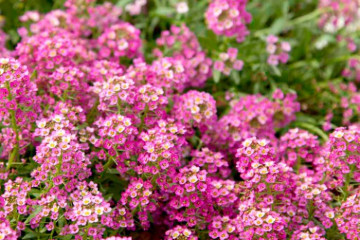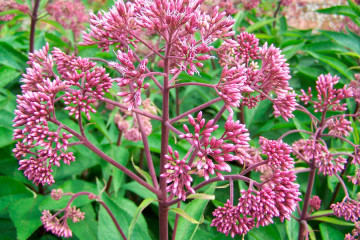Variegated Heliopsis (Heliopsis Helianthoides)
Content:
The unpretentious, sunny-bright flower heliopsis is increasingly found in domestic gardens and dachas. Due to the minimum need for care and resistance to weather conditions, the plant has won a solid position in the ranking of gardeners. Its use is universal: the flower is equally effective in the garden, mixborder or on an alpine slide. Compact varieties are suitable for container planting.
What does heliopsis variegated look like?
Perennial, less often annual, heliopsis is a herbaceous plant, a representative of the Astrov family (Compositae). Some well-known perennials (majors (zinnia), sunflower, rudbeckia) are its close relatives.
The plant was introduced to Europe from Central and North America.
Depending on the variety, the plant grows up to 0.5-1.6 m, forms a wide bush up to 1 m. Shoots are straight, branched, woody with age. Leaves are oval toothed, pointed. The flower is actually a complex inflorescence, consisting of false reed, located along the edge, and tubular small flowers in the center.
The name of this vibrant, festive plant is directly related to the sun. From Greek "helios" is translated as "sun", and "opsis" - "similar, similar", which means "sun-faced, sun-like".
Perennial Heliopsis species (Heliopsis Helianthoides)
The genus (Heliopsis) has more than 10 different species. To develop new ornamental varieties, breeders use sunflower heliopsis.
Sunflower heliopsis (Heliopsis Helianthoides) is a perennial species, varieties can be compact or tall. A characteristic feature is an elongated heart-shaped leaf shape, in some varieties the leaves are slightly pubescent.
The rough heliopsis species (Heliopsis Helianthoides) is the most hardy, adult plants can hibernate without shelter. This is a highly decorative variety due to long, abundant flowering.
Popular varieties
The color of the inflorescences of the plant varies in shades of yellow, orange and brown. The habit of the bush, the diameter of an individual inflorescence-basket give room for use in the landscape. Yellow flowers can be flat, semi-double, but terry heliopsis is the most decorative. Below are the most popular varieties:
- heliopsis Loraine Sunshine. Another name for the variety is Winter Sun. It is a compact, no more than 1 m, perennial bush. Silvery with dark green veins of foliage and yellow, chamomile-like, heliopsis inflorescences are effectively combined. The variety loves regular watering. It is recommended to mulch the root area. The more contrasting the shades of the foliage of the variegated variety, the more compact the plant itself.
- Goldgefeder - a large powerful bush (1.5 m), lush, densely double flowers with elongated extreme petals;
- Sonnenschild (up to 1 m) is translated from German as "sun shield", as it accurately reflects the abundance of a flowering bush.The flowers are densely double, the petals are bent from the center. At the peak of flowering, the bush is doused with flowers. The leaves are practically invisible;
- Hohlspiegel (1.2 m). Flowers are large, orange-yellow, non-double;
- Prairie Sunset (1.4 m) is a fiery yellow heliopsis with a reddish tint in the middle. Over time, the inflorescences lighten to a muted yellow. The variety has a characteristic contrasting color of shoots and leaves, you can see purple streaks on them;
- Spitzentaenzerin (1.4 m) is a slender, elegant bush with dense foliage. In semi-double large flowers, the extreme petals are graceful, as if twisted at the ends;
- Summer Nights (1.2 m). The inflorescence is non-double, the bright orange-scarlet center does not fade, the peduncles are brown-red, the leaves have an elegant bronze color;
- Tuscan Sun (0.5 m) is one of the most compact varieties. Bright, densely leafy variety with abundant flowering;
- Summer San. The variety is drought-resistant. Reaches a height of about 1 m. Terry heliopsis chamomile inflorescences with a diameter of 7 cm of deep yellow color;
- Goldgruenherz. The plant is tall (1.2 m), distinguished by a unique emerald color in the center of a strongly double golden inflorescence.
How Heliopsis reproduces
To propagate perennial heliopsis in the garden, it is recommended to plant parts separated from the adult plant.
Dividing the bush
Perennial heliopsis must be planted periodically, since it is difficult to keep an adult bush within the allotted framework. The root system is growing actively, it consists of many branches. The bush is divided in the spring, the adult plant is dissected in such a way that 2-3 awakened buds remain at the roots.
Growing from seeds
You can plant the plant with seedlings grown from seeds. To increase the germination of seedlings, the seeds are stratified for a month. Seedlings appear at a temperature of 25-27 ° C. For this, the container with crops is covered with foil or glass. Seedlings are determined to a permanent place after warm weather has been established without the threat of recurrent frosts.
Features of home care
For such an unpretentious culture as heliopsis, planting and caring for it will not be difficult even for inexperienced gardeners. The flower grows naturally on dry, infertile soils. Calmly endures the long absence of rain, is not afraid of the scorching sun.
And yet it is worth taking into account that hybrid varieties are cultivated in gardens, they are softer than wild species, so you should not completely neglect the care. It is as follows:
- for planting, you should choose a sunny, open place. Unlike most garden plants, the flower is not afraid of the midday heat;
- it will be better to bloom heliopsis on loose sandy loam soils of neutral or slightly acidic. Loam and black soil for planting must be diluted with sand;
- the plant should be watered during a particularly dry period, at other times there will be enough rainwater;
- feeding on humus-rich soils is better not to apply, the plant will release blind (fattening) shoots without flower buds;
- throughout the season, the bush is formed using pruning. For tillering, the shoots are pinched in the upper part, stimulating the growth of lateral peduncles;
- It is recommended to tie up young heliopsis of tall varieties, shoots from the wind or the severity of flowers can break.
When and how it blooms
Heliopsis opens flowers from the beginning of summer, continuing to bloom until frost. Preparing for winter is to prune the bush at ground level. An adult plant does not need shelter even in the northern regions; it is recommended to cover a young plant in the first winters with spruce branches.
Possible growing problems
Planting heliopsis and care in the open field is not burdensome. The plant is practically not damaged by diseases.With improper care, when the plant is waterlogged, a white coating of powdery mildew may appear on young leaves. Solutions of fungicides help against it.
Some types of aphids can be pests of a flower. In isolated cases of the appearance of insects, garden flowers are treated with soapy water. If there are many pests, the beds should be treated with an insecticide.
The landscape design of any site should be diversified with the bright sunny colors of heliopsis. In group plantings, in a duet with lavender and purple flowers, its flowering will create a special attractive accent.

